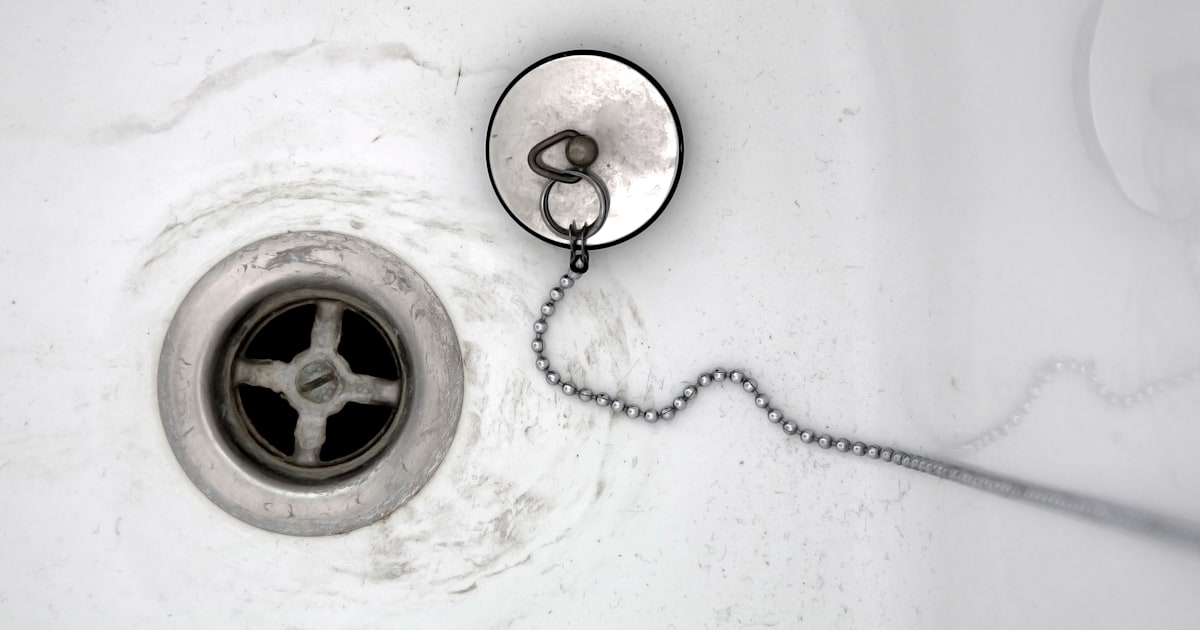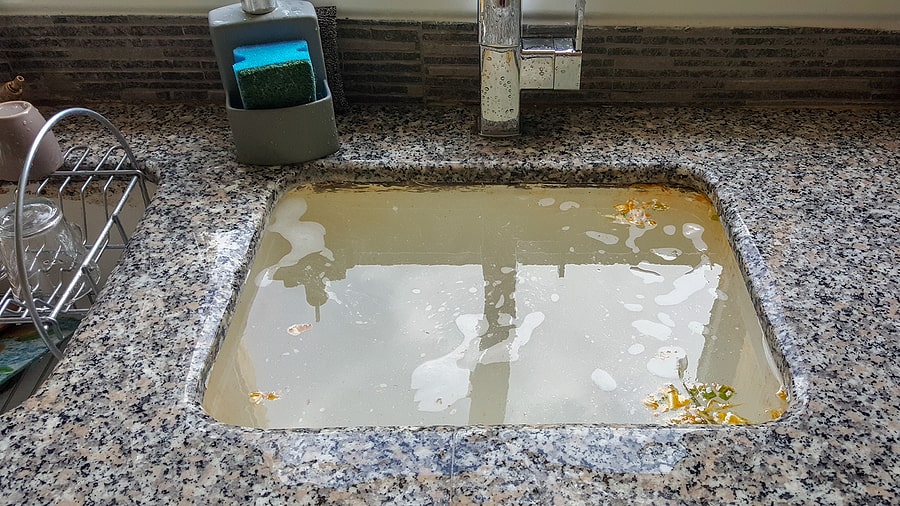Solve the Code: 5 Secret Tricks to Unclog a Kitchen Sink
Solve the Code: 5 Secret Tricks to Unclog a Kitchen Sink
Blog Article
Do you find yourself looking for selective information concerning Repairing Common Household Plumbing Issues?

Obstructed kitchen sinks are one of the most typical drain problems property owners deal with. As well as what's even more, it's a really uncomfortable and unpleasant view. Picture going to the sink to do your recipes as well as learning that the drainpipe is clogged and water can not flow down quickly.
A lot of blocked drainages are caused by food particles, oil, soap, as well as fat fragments. They block the sink and also make it hard for water to go down the drainpipe quickly. While it is alluring to put a call through to the plumbing professionals, there are a few DIY hacks you can attempt initially prior to making that call.
In this write-up, we will be considering five straightforward steps you can take to free your cooking area sink from blockages as well as conserve you from the discomfort and also embarrassment of handling a clogged up kitchen sink.
1. Use Boiling Water
When confronted with a clogged up sink, the first thing you should try is to put boiling thin down the drain. That is about the most straightforward treatment to stopped up sinks as well as drainages. Boiling water helps neutralize the particles and also particles causing the blockage, especially if it's soap, oil, or oil bits, and oftentimes, it can flush it all down, as well as your sink will be back to regular.
Do not attempt this technique if you have plastic pipelines (PVC) since hot water could thaw the lines as well as cause even more damage. If you use plastic pipes, you might wish to adhere to utilizing a bettor to obtain debris out.
Using this technique, activate the faucet to see exactly how water moves after putting hot water down the tubes. Attempt the procedure once more if the clog lingers. The obstruction might be extra relentless in some situations as well as require even more than simply boiling water.
2. Perhaps it's the Garbage Disposal
In lots of cases, the obstruction might be due to a clog in the disposal. Usage pliers rather.
If this does not work, you can check out the adhering to option to unclog your kitchen sink.
3. Try a Plunger
If the problem is not from the garbage disposal, you can try utilizing a plunger. Bettors are basic home tools for this occasion, and they can be available in useful if you use them properly. A flat-bottomed bettor is most appropriate for this, however you can make do with what you have is a commode plunger.
Adhere to the following basic actions to use the plunger properly:
Secure the drain with a dustcloth and fill up the sink with some hot water
Place the plunger in position over the drain as well as begin plunging
Check to see if the water runs freely after a few plunges
Repeat the procedure till the drainage is complimentary
4. Sodium Bicarbonate as well as Vinegar
Instead of using any kind of chemicals or bleach, this technique is more secure as well as not dangerous to you or your sink. Sodium bicarbonate and vinegar are daily home things utilized for numerous various other points, and they can do the method to your kitchen area sink.
Firstly, eliminate any water that is left in the sink with a mug.
Then pour an excellent amount of cooking soda down the drain.
Pour in one mug of vinegar.
Seal the drainage opening and allow it to opt for some minutes.
Pour hot water away to disappear various other persistent deposit and also particles.
Following this basic method can suffice, and you can have your kitchen area sink back. Repeat the process as much as you regard required to rid the sink of this particles totally.
5. Use a Hanger
Utilizing a cord fabric hanger or a plumber's serpent if you have one can do the trick. All you require do is correct the wall mount to go down the drain while you meticulously pick out the particles causing the obstruction.
Run warm water away hereafter to see exactly how effective you were.
Final Words
Attempting these couple of techniques can conserve you the costs of having a plumber examine it. In several situations, a plumber is what we need. In cases where you find it tough to unblock the sink even after trying all these techniques, it might be time to leave it to the experts.
Contact professional plumbing business to fix your drain issues and also other various household plumbing requirements.
Clogged kitchen sinks are one of the most common drainage problems property owners deal with. Visualize going to the sink to do your meals as well as locating out that the drainpipe is obstructed and also water can not stream down quickly.
They block the sink and make it hard for water to go down the drain promptly. When encountered with a stopped up sink, the first thing you need to try is to put boiling water down the drain. Boiling water helps reduce the effects of the bits and also debris triggering the obstruction, particularly if it's oil, oil, or soap bits, as well as in several instances, it can purge it all down, and also your sink will be back to normal.
How to Unclog a Kitchen Sink
Take the Plunge
Start your efforts by plunging. Use a plunger with a large rubber bell and a sturdy handle. Before getting to work on the drain, clamp the drain line to the dishwasher. If you don t close the line, plunging could force dirty water into the dishwasher.
Fill the sink with several inches of water. This ensures a good seal over the drain.
If you have a double sink, plug the other drain with a wet rag or strainer.
Insert the plunger at an angle, making sure water, not air, fills the bell.
Plunge forcefully several times. Pop off the plunger.
Repeat plunging and popping several times until the water drains.Clean the Trap
The P-trap is the curved pipe under the sink. The trap arm is the straight pipe that attaches to the P-trap and runs to the drain stub-out on the wall. Grease and debris can block this section of pipe. Here s how to unclog a kitchen sink by cleaning out the trap:
Remove as much standing water from the sink as possible.
Place a bucket under the pipe to catch the water as it drains.
Unscrew the slip nuts at both ends of the P-trap. Use slip-joint pliers and work carefully to avoid damaging the pipes or fasteners.
If you find a clog, remove it. Reassemble the trap.
If the P-trap isn t clogged, remove the trap arm and look for clogs there. Run the tip of a screwdriver into the drain stub-out to fetch nearby gunk.Spin the Auger
With the trap disassembled, you re ready to crank the auger down the drain line.
Pull a 12-inch length of cable from the auger and tighten the setscrew.
Insert the auger into the drain line, easing it into the pipe.
Feed the cable into the line until you feel an obstruction. Pull out more cable if you need to.
If you come to a clog, crank and push the cable until you feel it break through. The cable will lose tension when this happens.
Crank counterclockwise to pull out the cable, catching the grime and debris with a rag as the cable retracts.

I found that review about Repairing Common Household Plumbing Issues when looking around the internet. Appreciated our blog? Please share it. Help others check it out. Thanks so much for your time spent reading it.
Address leaks promptly. Report this page